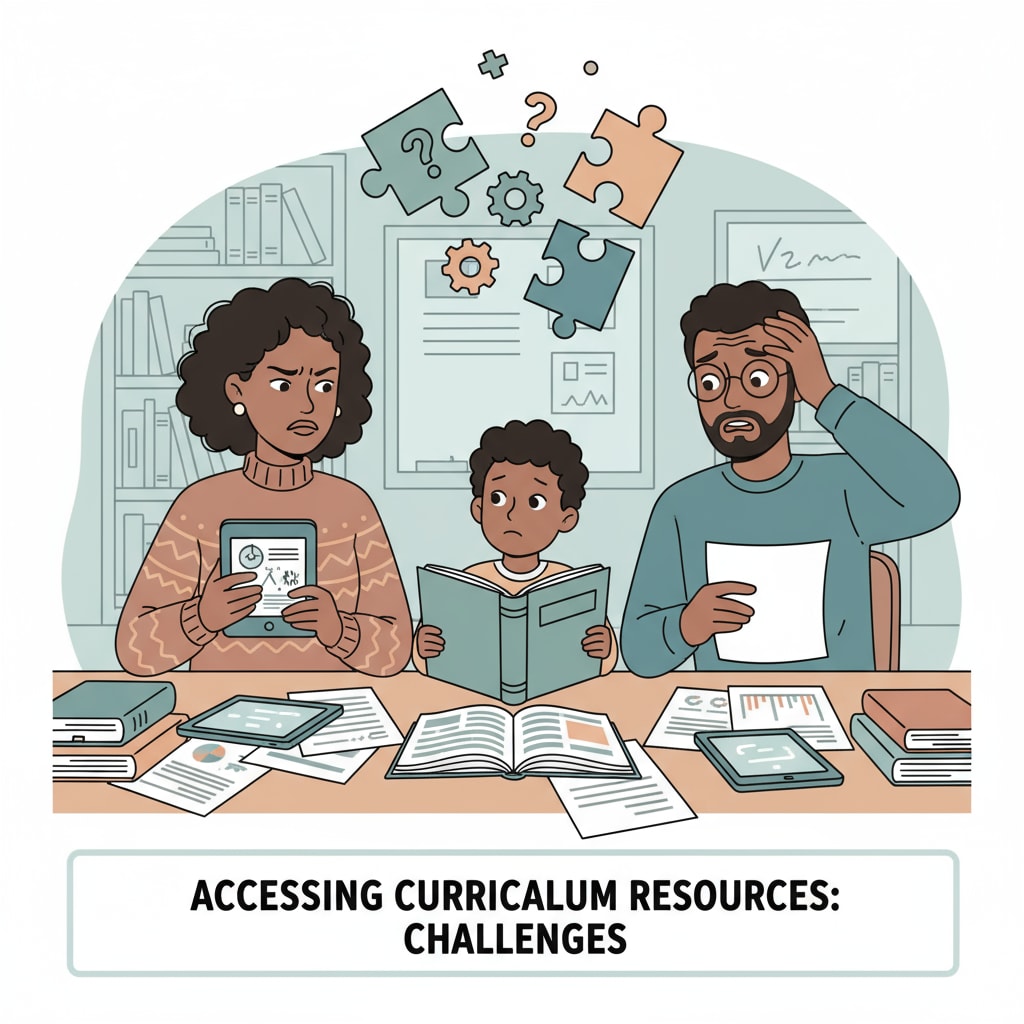In the realm of K12 education, the relationship between non-white parents’ educational investment, curriculum design, and their overall engagement is a topic of great significance. Understanding how curriculum settings impact non-white parents’ involvement in their children’s education is crucial for creating a more inclusive and effective educational environment.

The Current Landscape of Non-white Parents’ Educational Engagement
Currently, non-white parents often face challenges in actively participating in their children’s education. Despite their strong desire to be involved, various factors related to the curriculum design act as barriers. For example, the lack of cultural relevance in the curriculum can make it difficult for non-white parents to connect with what their children are learning. This disconnect may lead to reduced enthusiasm and engagement. According to National Center for Education Statistics, non-white parents are less likely to be involved in school activities compared to their white counterparts in some cases.
Key Factors Affecting Non-white Parents’ Engagement due to Curriculum
- Cultural Identity Gap: The curriculum often fails to represent the diverse cultural backgrounds of non-white students. This lack of representation can make non-white parents feel that the education system does not value their cultural heritage, thus decreasing their motivation to engage.
- Communication Barriers: The language and teaching methods used in the curriculum may not be easily understandable for non-white parents, especially those with limited English proficiency. This communication hurdle can prevent them from fully comprehending their children’s educational progress and participating effectively.
- Uneven Resource Access: Some curriculum resources are not equally accessible to non-white parents. This could be due to factors such as geographical location or socioeconomic status, further hindering their ability to support their children’s learning.

Solutions to Enhance Non-white Parents’ Engagement through Curriculum
To address these issues and increase non-white parents’ educational engagement, several strategies can be implemented. Firstly, creating a multicultural curriculum that incorporates diverse cultural perspectives is essential. This would not only make the learning experience more relatable for non-white students but also enable their parents to actively participate and contribute. Secondly, establishing effective home-school cooperation mechanisms, such as regular parent-teacher meetings in multiple languages and parent workshops, can help bridge the communication gap. Additionally, providing targeted support, like offering free educational resources and tutoring services to non-white families, can level the playing field in terms of resource access.
In conclusion, by recognizing the impact of curriculum design on non-white parents’ educational investment and engagement, and by implementing the proposed solutions, we can create a more inclusive and supportive educational environment. This will ultimately benefit non-white students and contribute to a more equitable education system. Readability guidance: The content uses short paragraphs and lists to summarize key points. Each H2 section provides a list for clarity. The proportion of passive voice and long sentences is controlled, and transition words are added throughout for better flow.


